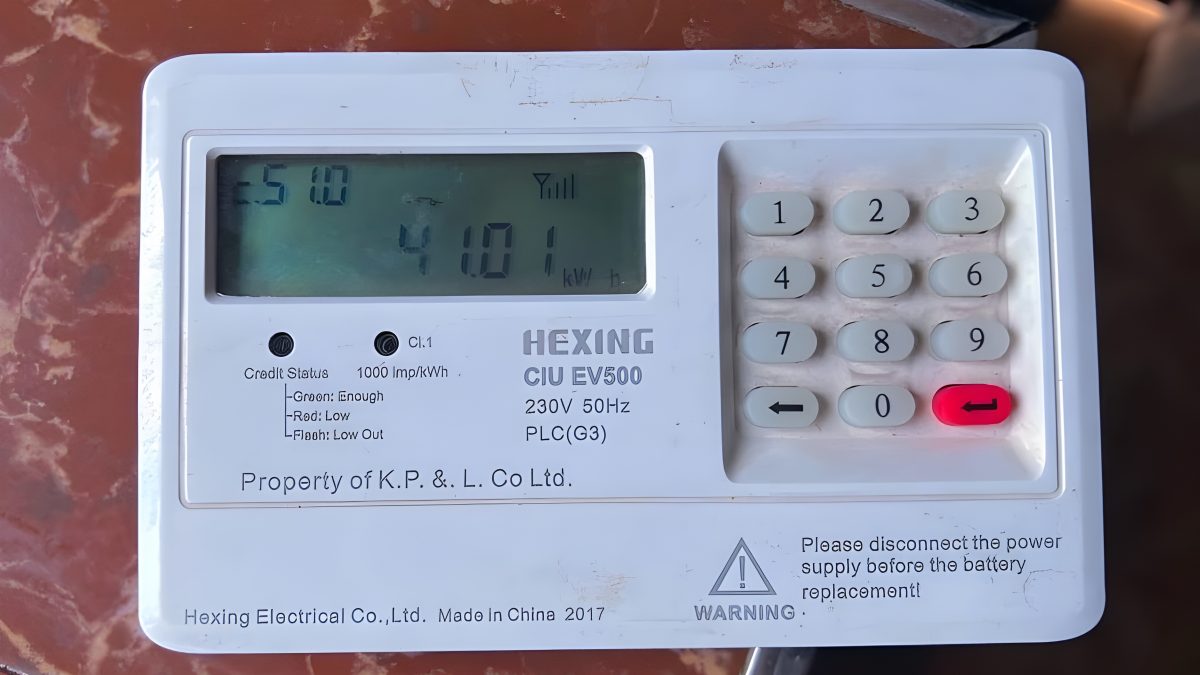Nearly one-billion people in low- and middle-income countries including vast swaths of Africa are served by health facilities with no or unreliable electricity, seriously jeopardizing essential medical care.
Reliable electricity is not a luxury, it is fundamental to healthcare. Across sub-Saharan Africa, approximately 25,000 facilities lack any electricity, and another 70,000 suffer from unreliable power. This translates to nearly one billion people dependent on health facilities that cannot ensure safe childbirth, preserve critical vaccines, conduct emergency surgeries, or power life-saving medical devices.
Around 15% of health-care facilities in sub-Saharan Africa lack any electricity; rural areas and primary care centers are disproportionately affected.
Among hospitals in the region, only about half report reliable electricity access. Global health bodies estimate that 64% of health facilities in low- and middle-income countries urgently require intervention, including new connections or backup power systems, at an approximate cost of US $4.9 billion.
Clinics rely on candles or kerosene lamps after dark, risking poor lighting, harmful fumes, and fire hazards. Vaccines and blood products spoil without consistent refrigeration, and surgeries are postponed or conducted in unsafe conditions.
Electricity powers nearly every aspect of modern healthcare. From lighting and sterilization to refrigeration and digital diagnostics, the absence or failure of electricity cripples basic medical services.
- Healthcare Outcomes at Stake
Essential interventions such as childbirth, emergency services, immunizations, and surgical care are compromised when power fails. - Why This Matters Globally
Universal Health Coverage (UHC) cannot be achieved if health facilities continue to lack dependable power. Electrification is a cornerstone of pandemic preparedness, climate resilience, and health equity. - Geographic Disparities
Power gaps are especially glaring in rural and smaller health centers, widening the inequality compared to urban or better-funded facilities.
When Darkness Kills
Imagine an operating room plunged into darkness mid-surgery. Imagine a new-born struggling for breath in an incubator that suddenly powers down. These are not hypothetical scenarios they happen daily in African hospitals.
Imagine a midwife delivering a baby by dim candlelight. A nurse discarding vaccines spoiled by heat. Emergency responders unable to sustain oxygen flow during a blackout. These scenarios are a reality for millions.
- In Ghana, the local term dumsor meaning “off and on” captures the unpredictability. Tragically, outages have resulted in maternal and neonatal deaths when oxygen-dependent deliveries were interrupted.
- During malaria vaccine rollouts in countries like Ghana, Kenya, and Malawi, solar-powered refrigerators proved essential to keeping vaccines viable in power-scarce areas.
Solutions & Innovations:
If conventional grid expansion stalls, off-grid renewable options are proving transformational.
- Solar + Battery Systems
Off-grid solar installations, combined with battery storage, have become cost-effective, scalable solutions especially given a 90% drop in solar costs over the last decade. Yet deployment remains limited due to funding and logistical challenges. - Decentralized Success Stories
- The Health Electrification and Telecommunications Alliance (HETA) works to connect sub-Saharan African health facilities to reliable power and digital tools.
- Kenyan engineer Norah Magero developed the VacciBox, a solar-powered portable fridge that keeps vaccines cold and increases immunizations by 150% in one remote district.
To fund these solutions and bridge power gaps, significant investment and collaboration are essential.
- Global Momentum & Climate Action
Africa’s renewable capacity is growing. Leaders at regional climate summits are championing solar infrastructure to drive a green energy boom and with it, potential health improvements. - The Potential for Transformation
If 90% of unelectrified people could access electricity via photovoltaics and storage at a cost under 20 cents per kWh, the resulting health, economic, and social benefits could be immense. - Funding Needs
Unlocking these gains will require sustained financing billions in grants, investments, and strategic partnerships to electrify healthcare across Africa.
Also read: How Rising Electricity Costs Could Push Millions Into Poverty SAFTU Speaks Out
Frequently Asked Questions
- Why is electricity so critical for healthcare in Africa?
Electricity powers essential medical equipment, lighting for safe deliveries, refrigeration for vaccines, sterilization of tools, and emergency response systems. Without reliable power, even basic healthcare becomes dangerous or impossible. - How many health facilities in Africa lack electricity?
An estimated 25,000 health facilities in sub-Saharan Africa have no electricity at all, while about 70,000 more struggle with unreliable power. - What are the health risks of unreliable electricity in hospitals and clinics?
Unreliable electricity can lead to spoiled vaccines, failed oxygen supply during surgeries, maternal and neonatal deaths during childbirth, and postponed or unsafe medical procedures. - What solutions are being implemented to address this issue?
Solar-powered systems with battery storage, decentralized microgrids, and innovations like portable solar fridges are being deployed. Partnerships and global funding initiatives are also driving electrification of health facilities. - How much investment is needed to electrify healthcare facilities in Africa?
Global estimates suggest around US $4.9 billion is needed to provide reliable electricity to health facilities in low- and middle-income countries, with Africa being the most affected region. - Can renewable energy really solve Africa’s healthcare power crisis?
Yes. Renewable energy, especially solar with storage, is proving to be a cost-effective, reliable, and scalable solution, particularly for rural and remote health centers where grid expansion is slow or unlikely.



